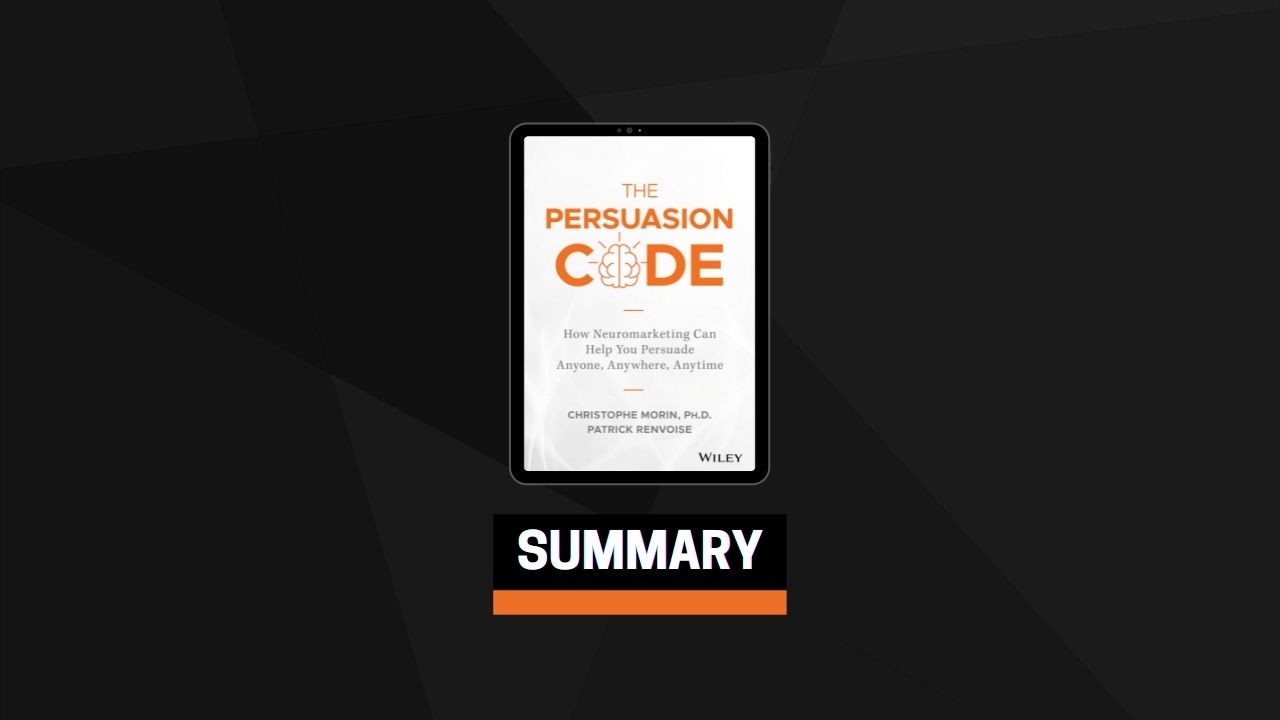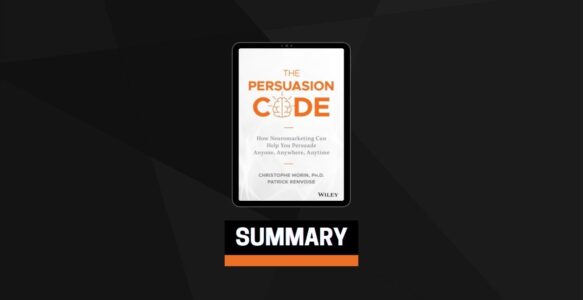Is Neuromarketing Complicated?
First, when marketing and advertising executives discovered neuromarketing, they often felt that they needed higher education on the workings of the brain to understand and use it. It is true that neuromarketing studies generate gigabytes of information corresponding to complex mechanisms in the brain and that to manipulate this data requires the use of powerful software running cryptic algorithms. There is no question that the process of digging for neuroinsights is time‐consuming and somewhat intimidating.
So, you may wonder: Can I grasp this quickly? Will it radically help me improve my ability to persuade without causing me additional headaches? Rest assured that with this book you will learn enough about the brain to understand the value of neuromarketing and apply it quickly.
Why Is Neuromarketing a Game Changer?
Traditional marketing research methods fail to capture the subconscious mechanisms that affect how people respond to any form of persuasive message. Neuromarketing tools collect brain data that can objectively explain critical neurological processes subjects cannot self‐report. It provides unique insights about how we understand, feel, engage, and ultimately become persuaded by a message. The strategic value of using neuromarketing comes from the possibility of answering critical research questions that have been puzzling marketers, advertisers, and media experts for decades.
The ROI of neuromarketing dollars is measurable in multiple ways. It will reduce drastic wastes of money spent in creating and deploying messages that don’t work. More importantly, it will allow you and your organization to grow faster.
The Neuroscience of Persuasion
The brain is a complex network of areas that have evolved over millions of years. The cognitive functions have appeared relatively recently during our evolution, whereas the neurological circuitry of our most basic survival‐centric responses is ancient.
Neuromarketing helps marketers measure neurophysiological activity arising from autonomic and mostly instinctual responses, but also cognitive and emotional activity mediated by the central nervous system. Recent research suggests that neuroscientific methods generate valuable insights on the hidden processes that affect the ways messages work on our brains.
A wide variety of tools are now available to produce data that complement information that is critical to our understanding of consumer behavior, persuasion, and media effect. Individually, each method can provide important insights. However, without measuring both the subcortical activity (primal) and the cortical (rational), the interpretation of brain data is inaccurate and ineffective.
You do not need to be a neuroscientist to understand the critical importance of measuring more than what people can tell you about the effect of your messages. Neuromarketing is designed to help you figure out once and for all what a brain‐friendly and persuasive message is. Neuromarketing research has helped us develop a convincing theoretical model that you can learn and apply without conducting complicated studies. It is called NeuroMap.
NeuroMap: A Brain‐Based Persuasion Theory
Persuasion has been studied for decades, but old models have ignored for too long the dramatic role played by subconscious brain structures.
Persuasion is a bottom‐up effect between two main brain systems named the primal and rational brains. NeuroMap shows that persuasive messages do not work unless they first and foremost influence the bottom section of the brain – the primal brain, which reacts to emotional, visual, and tangible stimuli and can amplify or abort any persuasive attempt.
Once a message has “engaged” the primal brain, persuasion radiates to the upper section of the brain where we tend to process the information more sequentially and confirm decisions in the frontal lobes.
Applying Six Stimuli to Persuade the Primal Brain
To improve your ability to persuade, you need to use six stimuli that speak to the primal brain first and can ultimately engage the rational brain as well.
- The message must be personal and able to relate quickly to a relevant frustration or pain.
- The message needs to be contrastable, so that a decision can be accelerated by comparing two situations that make the best choice obvious.
- The message must be tangible to achieve cognitive fluency and allow the primal brain to accept the truth of the argument.
- The message must be memorable so that retention is done effortlessly and designed to encode the part of the message that will trigger a decision.
- The message should be visual because the primal brain is visually dominant in the way information is first considered and integrated into our decision‐making process.
- The message must produce a positive emotional uplift, to reach the higher cognitive areas and trigger a decision.
Together, the six stimuli can propel your message to success, achieving the optimum path of persuasion. Yet again, we are making a very important transition, which is the critical importance of maximizing the use of six stimuli by following a four‐step PERSUASION PROCESS.
- Diagnosing the top pains of your customers.
- Differentiating from your competition by identifying unique claims.
- Demonstrating the gain of each claim.
- Delivering to their primal brain by following the blueprint of a killer presentation, a sticky website, a stunning ad, or a compelling video.
Deliver to the Primal Brain
To be most effective, your message should be constructed with six persuasion elements:
#1 A grabber
a short, but effective way to communicate your value proposition that goes beyond simply using words. It will make it easier for your audience to start focusing their mental energy on your solution because it will trigger an immediate emotional response.
#2Your claims
The top three reasons why they should buy from you or adopt your idea. By nature, these are not only unique benefits of your subject, but they also define the structure of your message: the three chapters under which your selling arguments are organized.
#3 Your big picture
A simple graphical representation of how your product, service, or idea will impact the world of your prospect or audience. Visual stimuli are so critical to the primal brain that you need to present a bird’s eye view of the result of what you promote.
#4 Your proofs of gain
The primal brain is not very evolved and quite skeptical, so you should provide simple, yet strong and effective proofs of your value. Quantify the financial, strategic, and personal value of each of your claims and contrast it with your cost. Make it fit on one page regardless of the complexity of your solution.
#5 The reframe of their objections
Using logic cannot uproot the negative emotion associated with the fear of regret communicated by your audience. Use a reframe to create a positive emotion.
#6 A closing
Repeat your claims one more time and ask: “What do you think?” Wait for their feedback and ask: “Where do we go from here?” and wait for their response. Triggering their law of consistency is the most effective way to make your prospect of audience move along the sales or mental continuum to accept your solution or idea.
And to further increase the impact of any of those persuasion elements, use one or more of the seven persuasion catalysts:
- Tell stories: It will transport your audience in a different world where you control the emotion communicated by the punch line.
- Use your charisma: Use the words, tone of voice, and body language most conducive to persuasion.
- Word with you: Put your audience in the center of the action by using the most influential word in the English language!
- Apply contrast: Increase the impact of your persuasion elements by using more contrast: before/after, your competitors/you, their pain/their gain.
- Vary teaching modalities: Choose the modality most effective to communicate the concept you are presenting. Most people only use the auditory channel. Make your message more visual and more kinesthetic.
- Trigger emotions: People make emotional decisions and rationalize them later. Use more emotions to trigger faster decisions.
- Make it short: More information leads to confusion not persuasion. Less is more, so focus on pain, claims, and gain and remove the rest!


